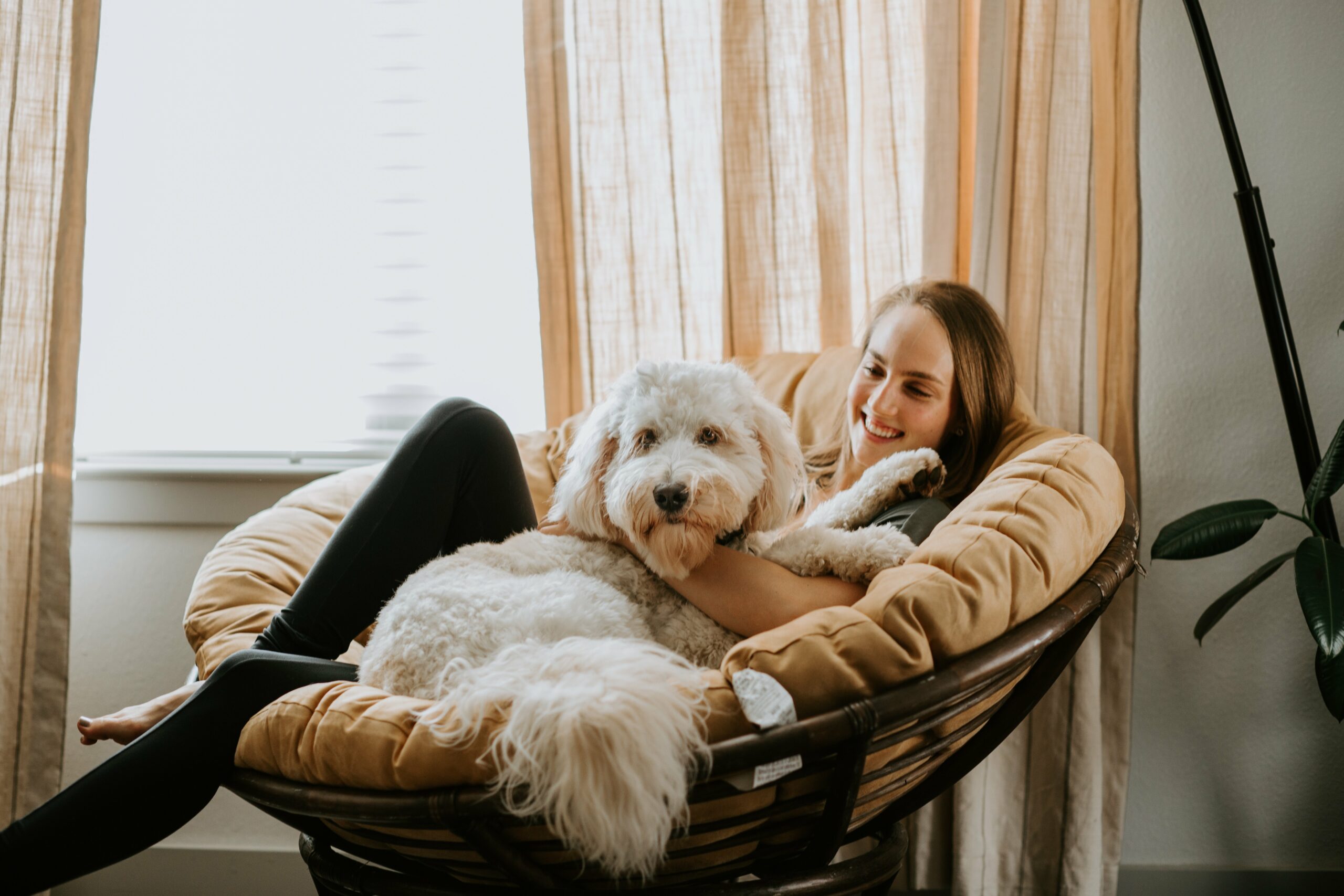Pets often find the transition to a new home particularly difficult. Cats are very territorial and if you change that territory and the associated scents then they can become really anxious. Dogs’ lives are based on routine and familiarity and upsetting this can put them on edge. Here we aim to give you some handy hints and tips to make your move easier on your pets.

Before the move
You will need to plan ahead when it comes to moving with your pet or they will become increasingly nervous as familiar things are packed away and familiar scents disappear.
According to Vets4pets cats mark their home with a pheromone by rubbing their face on things. You can buy plug in pheromone diffusers to help keep your cat calm during the changes. Dogs have also been shown to respond well to pheromone diffusers.
As you pack up, try to make a pet zone where your pet can feel safe and secure. Slowly start moving your pet’s food bowls, bed, water, litter tray and favourite toys into a spare room. This will then become your pet’s safe zone for the move. Ensure the room is set up and your pet is used to it by at least 1 week before the move.
Bring out your pet travelling box for a few weeks before the move to get your pet used to seeing it. Put some favourite treats in there to make the box a positive experience or even spray it with some pheromone spray to make it inviting.
Register with a local vet and also change the details on the microchips ASAP. This way, if your pet does go AWOL you will have up-to-date details for them.
During the move
If you can, leave your pet with friends and family or in a cattery or boarding kennel for the day of the move. This will make life a lot simpler and keep your pet a lot calmer. If this isn’t possible then put your pet in their safe room which you set up previously. Do this the night before to avoid them disappearing on the day you move.
It’s unlikely that you will have access to your new home before you move but one thing you will need to prioritise when you move in is to clean your new home to remove any residual scents, especially if the previous owners had cats or dogs. Both cats and dogs are very sensitive to scent and you don’t want your animal marking its territory if it feels threatened by other scents.
Set up a secure room in your new home and fill it with their familiar bits and pieces. It might be worth putting in the pheromone diffuser as well to help keep them calm. Put your pet in this room and close the door. Make sure everyone knows they are in there and to not enter whilst the move is in progress.
Settling in
Keep your cat in its safe room for a few days say Cats.org. This will stop them being overwhelmed with the whole house. Once they are ready to see all of the house ensure that all doors, widows and cat flaps are kept firmly closed. Dogs are less likely to be affected by the new home but do expect the odd accident and don’t tell them off. Be patient and show them where you expect them to go to the toilet.
Keep your cat inside for at least 3 weeks to allow your new home to become their new home. When you do finally let them out, do it just before a meal so you can call them back by rustling the food tin. Don’t force your cat out, just open the door and leave them to their own devices.
If you aren’t moving far then it is worth going back to your old home and giving the new owners details of your cat. Often the urge to go “home” is very strong in cats and it is likely that they will find their way back. If the new owners are aware of this, they can keep an eye out for you. This urge isn’t as strong in dogs, but it is still worth letting the new owners have the details of your dog.
By remembering that your family pets can become anxious and stressed during a house move and taking this into account by following these great tips, you can make the whole journey a lot easier for both your dog and your cat. Bear in mind it is easier to keep your pet calm than to calm your pet.






